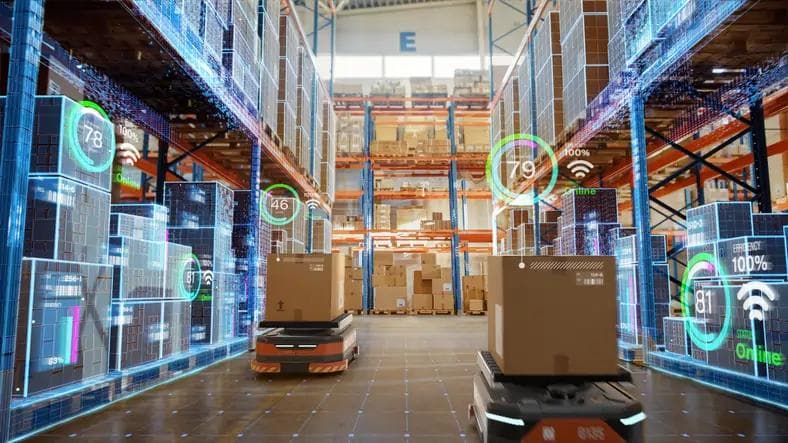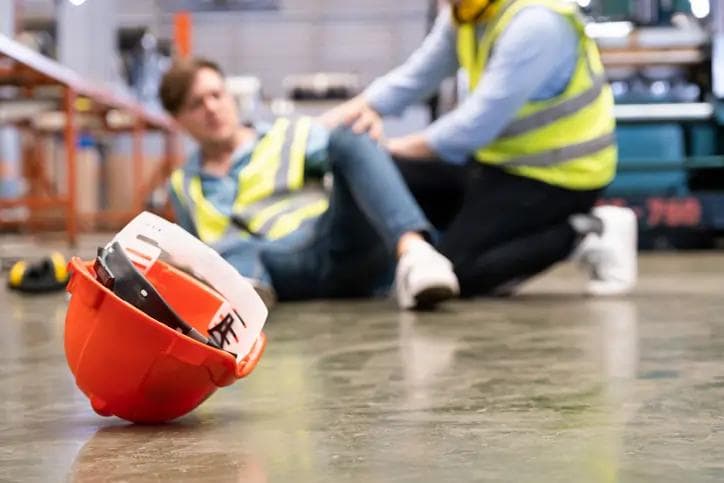Integrating a successful M&A
Integrating a successful M&A
Published by Jessica Weisman-Pitts
Posted on October 13, 2022

Published by Jessica Weisman-Pitts
Posted on October 13, 2022

By Mike Kiersey, Head of Sales Engineering, EMEA at Boomi
Despite the economic uncertainties seen in 2022, it appears that the pace of mergers and acquisitions (M&A) has yet to have slowed. Already in 2021, the number of deals exceeded 62,000 globally and this year and beyond are expected to continue at this pace.
Companies undergo M&As to gain an edge in terms of size and scale, particularly during a sustained period of economic recovery. As this trend continues, these deals will play a major role in businesses navigating technology disruption while stakeholders will want to find added value.
Barriers to M&As
Any merger or acquisition will always come with challenges, particularly in an age of high-velocity and high-growth businesses. Any M&A involves a plethora of digital actions and businesses still holding onto poor legacy technology could be vulnerable. Between 70 and 90 per cent of mergers and acquisitions fail, mostly pointing to integration as one of the defining roadblocks. For businesses to see success, they must prioritise a strong post-deal technology integration throughout the process.
An imbalance between the companies’ stacks means that all data-related processes have the danger of being inconsistent, no matter of on-premise or cloud data storage practices. Several issues can significantly impact the cost and time associated with a strong technological integration including low-quality data, data silos and disparate data formats and sources. Any business still using outdated, legacy technology is sure to run into these problems. Meaning, that from the start, these systems must be dealt with, or the problem will only persist as the new enterprise grows. If these issues are not handled, key systems in the acquisition process such as Enterprise Resource Planning (ERP), infamous for migration challenges, will be strongly impacted. A lack of planning concerning these data integrations will create heavy project run-off costs, impairing the chance of desired post-acquisition profitability.
Full data-steam ahead
It is for this reason that a clear post-merger integration plan must be put in place to maintain business-critical applications, IT systems and data. At the heart of a successful M&A lies a strategy that can make data accessible while providing the correct governance. Both of the companies involved must know how important harmonised data management is, and the grave consequences should the integration of two different IT systems fail.
The integration of on-premises, cloud applications and other various data sources must be seen as critical to overcoming IT complexity, helping break down blockading data silos. All involved will require the ability to access raw data from a single platform, of which the company can decide on their particular approach going forward. Using a data integration platform connects everything with the M&A digital ecosystem including applications and data across hybrid IT with minimal disruption, reducing risks and costs.
Enabling a master data management hub will ensure uniformity across the company’s data. If used within a central hub, it can break down silos, expand trust data and gain 360-degree visibility across the newly merged enterprise.
If done correctly, all of an organisation’s data sources, storage, business applications and other methods of analysis can be straightforwardly accessible through proper data amalgamation and management.
Factoring in speed
During the process of a merger or acquisition, rival businesses will be using the time it takes to integrate to sweep the field and increase their share of the market. Having a correct platform in place becomes mission critical to keeping that time frame as short as possible. Using an integration platform, businesses successfully overcome the data-connectivity hurdle while merging at sufficient enough speed to stop those rival businesses from gaining ground. The success of an M&A is dependent on speed while ensuring low risk, the solution found only in the right integration technologies to help streamline the connection of people, data and applications involved. Through this method, key stakeholders will ensure a smoother process throughout.
Improving the M&A process
Achieving a seamless unification in any M&A is no small feat, heavily reliant on the technology at hand. Prior to starting the M&A process, the compatibility and digital strength of the separate IT platforms must be strenuously examined to guarantee the most effective post-deal integration. Only then can post-deal plans be sped up, further empowering companies with the agility they require for their high-velocity, high-growth strategy. Using an innovative integration platform will bolster their profitability and help them capture the full value of the deal.
Explore more articles in the Business category











